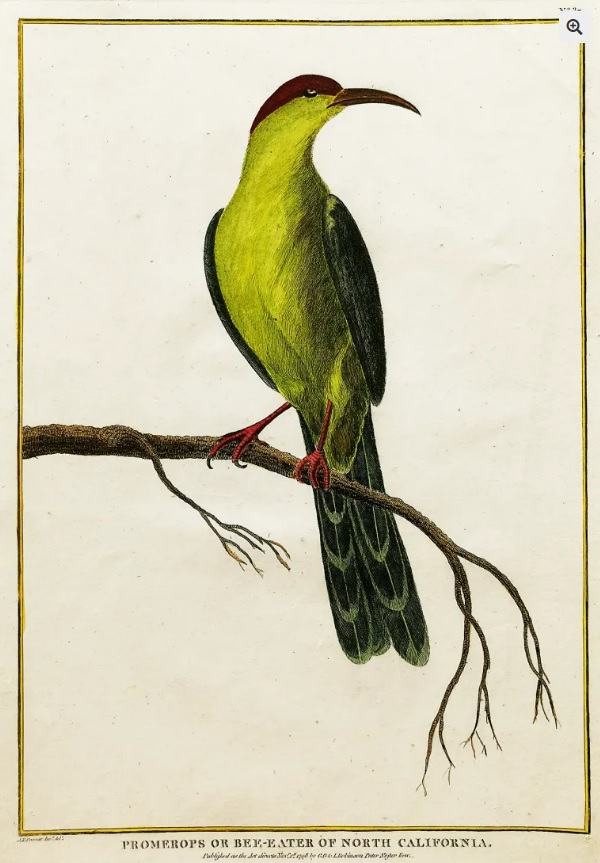On August 1, 1785, a French expedition led by Jean François de Galaup, comte de Lapérouse (referred to as Lapérouse) set off with a goal to explore the world, both politically and scientifically. Specifically, they were to explore trading possibilities and the activities of foreign powers, both European and indigenous, map the world, and do science. On board their two vessels, L’Astrolabe and La Boussole, were experts in astronomy, geology, agriculture, botany, birds, medicine, and two illustrators.

They visited, in this order, South America, Easter Island, Hawaii, Alaska, California, various locations in East Asia, the South Pacific, and Australia. They departed Australia on March 10, 1788, bound for New Caledonia and the Solomon Islands and were never heard from again. The search for their vessels — and them — has been the subject of eight French investigations. Information gathered from 1826 to 2005 concluded that the vessels wrecked on the Solomon Island of Vanikoro and the survivors were killed by the local inhabitants.
Fortunately, at various ports of call, they shipped home reports, maps, and illustrations from their travels. While incomplete, these were eventually published as Voyage de La Pérouse autour du monde (“The voyage of La Pérouse around the world”). See also this version of the voyage.
The whole of their visit to California was a brief stay at the Spanish mission at Monterey from September 14 thru 22, 1786. As they were the first foreigners to visit the missions since they were founded in 1769, they provided a unique firsthand account. For the most part, they were appalled by the conditions of the Native “converts” and compared the mission to a slave plantation. It was because of this that I was reading Life in a California Mission, an excerpt from The Journals of Jean François de La Pérouse (Heyday Books, 1989).

There are three bird illustrations: one is a pair of California Quail, another is likely a Varied Thrush from Alaska, and the third is this one, identified as a “promerops” or bee-eater. Later publications attempt to identify it correctly, usually as a thrasher (both California and brown!). To me, it is clearly a Yellow-billed Cuckoo. The unique undertail pattern, the bill shape, and the head pattern all match well, and really match no other species. The way it is perched upright in a tree is better for cuckoo than thrasher. I can find no publication that identifies it as a cuckoo. (Nor can I find one that identifies the “Black Bird” below either.)
While eBird only shows a single record for Monterey County in September (Sept 21, 1998; Andrew Molera State Park; Don Roberson), there are a handful of other records for northern California in September. Of course, the species, virtually extirpated from the region now, would have been far more common then, presumably nesting in riparian corridors from the Carmel River to the Salinas Valley, all within the travels of the French expedition.
Here are the other two illustrations of birds.


This “Black Bird” is from Porte des Français, or Lituya Bay, Alaska, near Glacier Bay National Park. It appears to be a Varied Thrush (note Blackbird in Europe is a thrush). Thanks to Jeremy Gatten for the help on this one!

